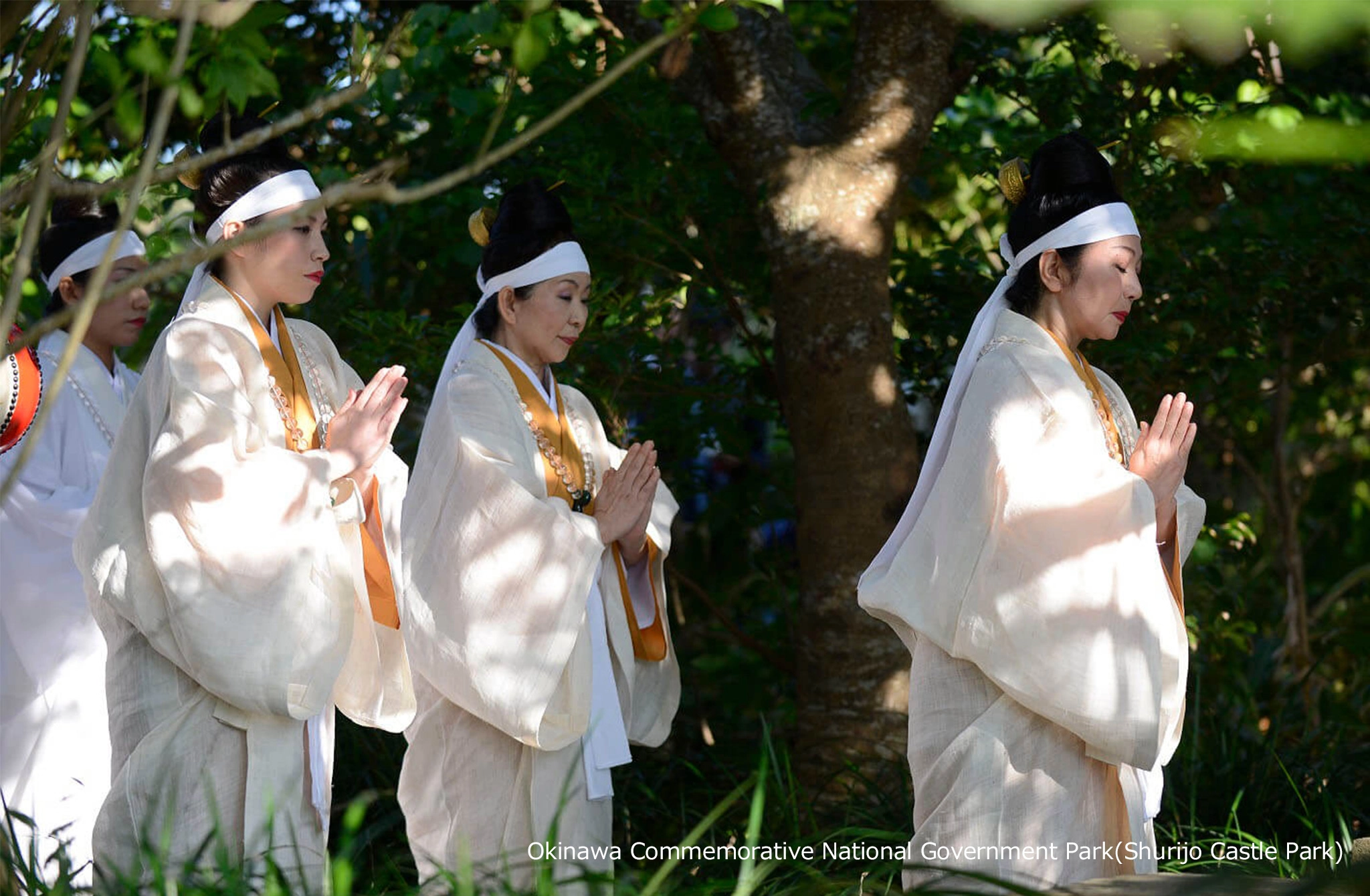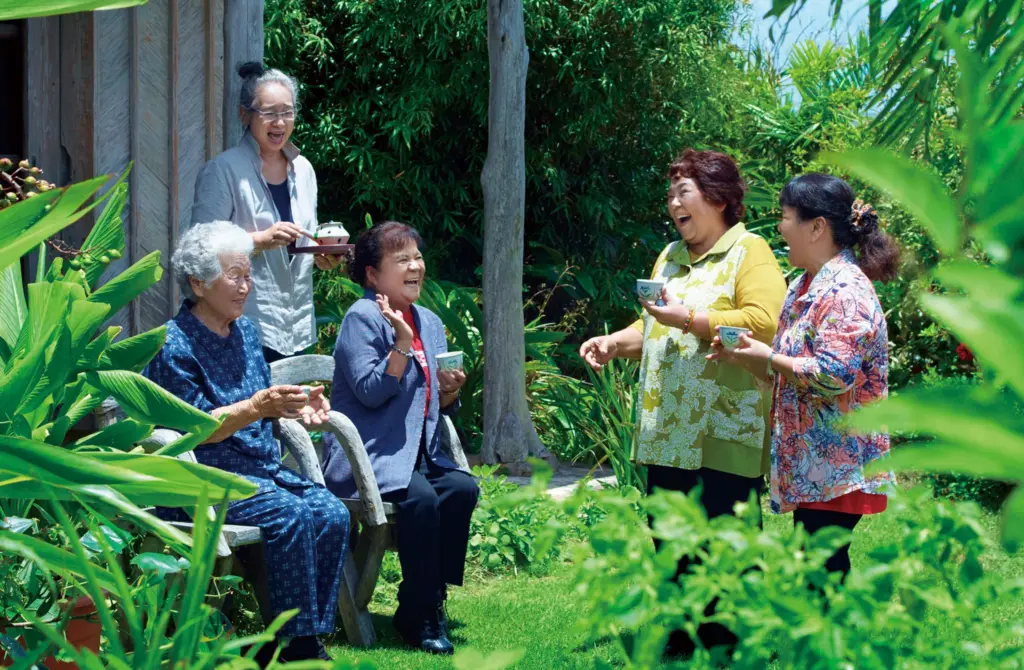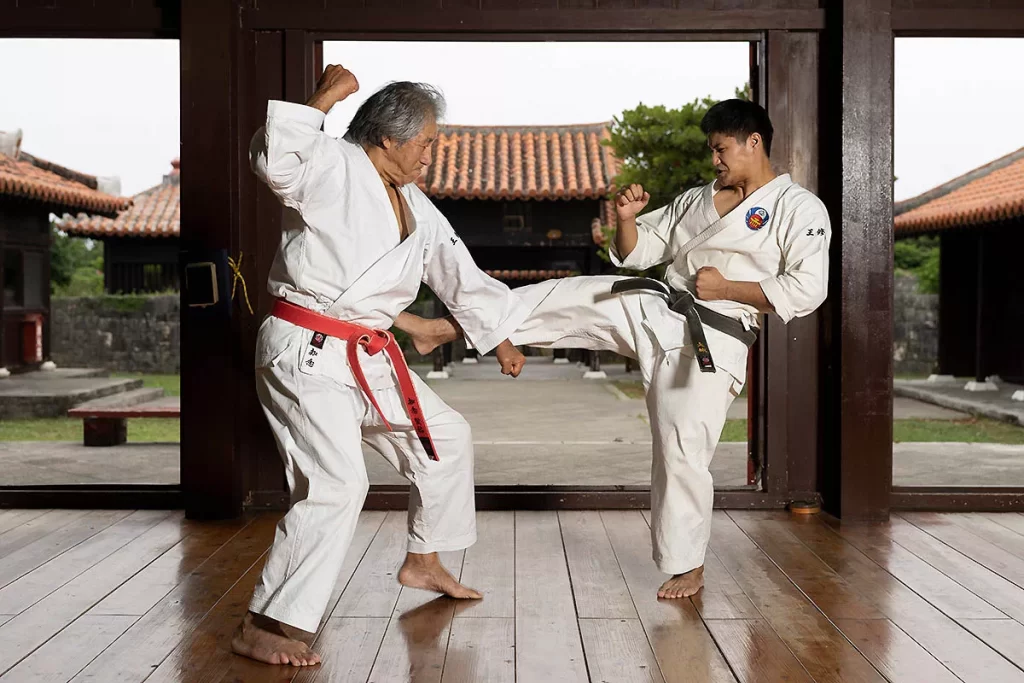Okinawa’s Spiritual Culture
Okinawa’s unique culture is deeply rooted in spiritual traditions passed down through generations
In addition to sacred rituals that have continued since the Ryukyu Kingdom era, elements from China, Japan, and other neighboring regions have blended with local beliefs to shape Okinawa’s spiritual practices today.
The guardian deity of the home: Hinukan
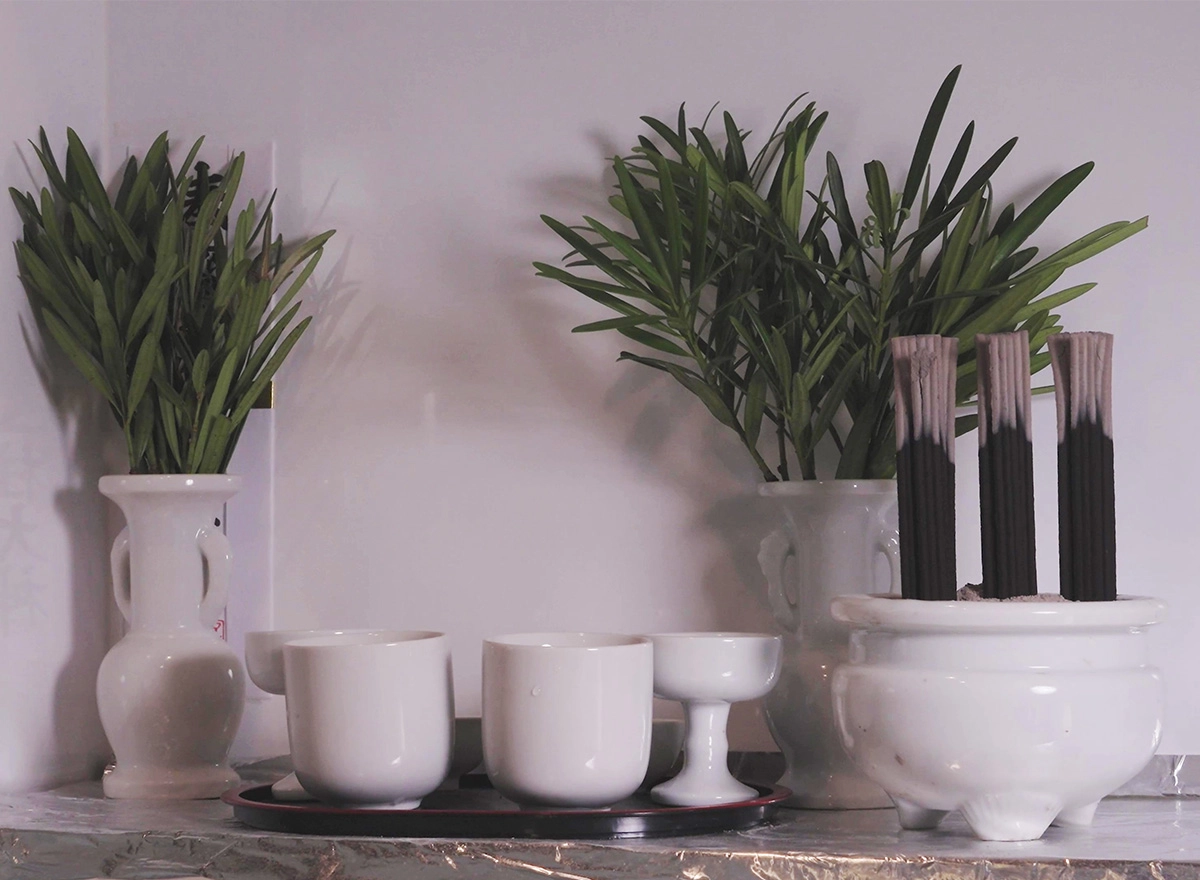
In Okinawa, people revere Hinukan, the fire deity, as the guardian of the house. In every household’s kitchen, offerings to Hinukan are made in the form of three stones or an incense burner, symbolizing the deity.
Hinukan is considered the protector of the family, watching over the health and well-being of its members. In Okinawan households, the housewife offers rice, water, tea, sake, flowers, and salt to Hinukan, praying for peace in the home and good health for the family. These offerings are also made during significant life events such as travel, marriage, moving, school entrance, and career changes, with people seeking the deity's blessing for smooth and safe transitions.
Hinukan also has an important role at the end of each year—reporting the household’s affairs to the celestial gods. The worship of Hinukan extends beyond individual homes, found in old village residences, noro-dunchi (old houses for priestesses), traditional local administrative offices, and even the main hall of Shurijo Castle.
Ancestor worship
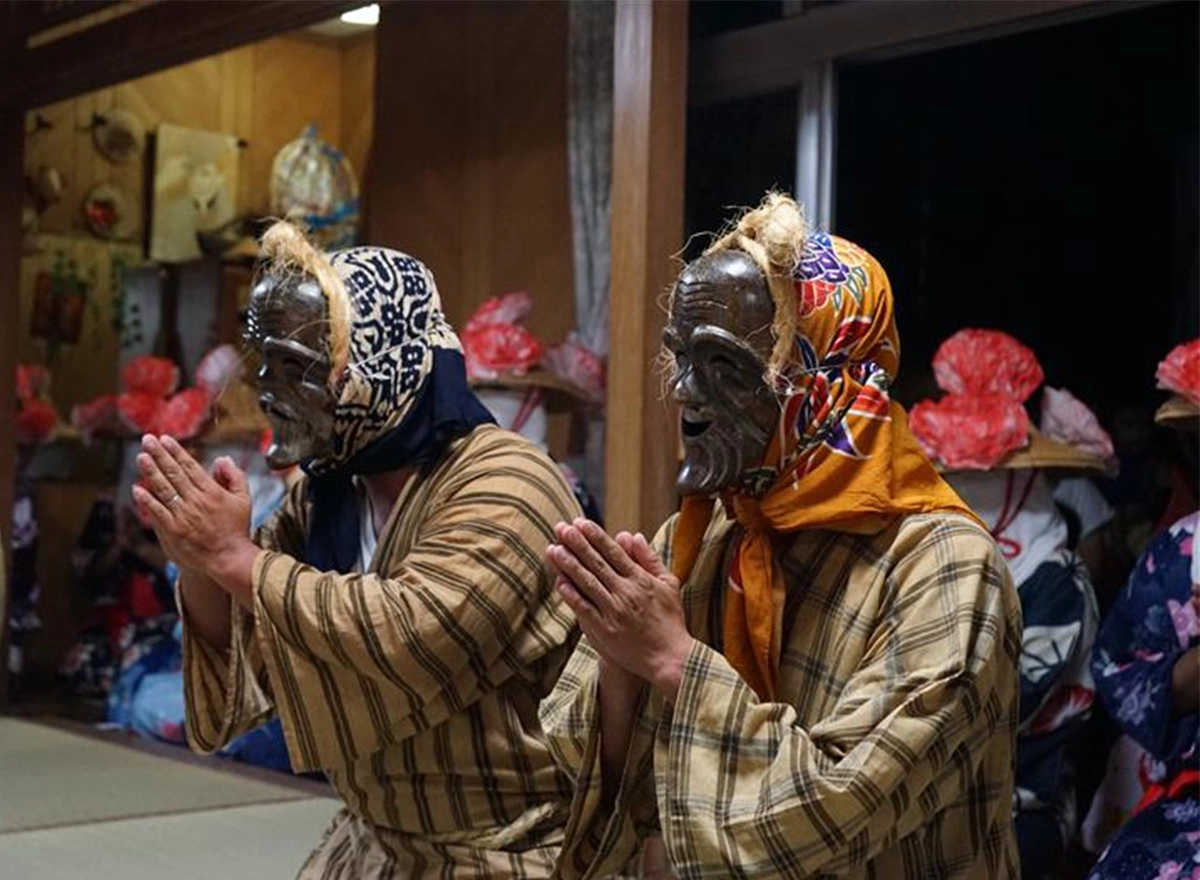
Ancestor worship is a key aspect of Okinawan spirituality, reinforcing ties to the past and ensuring family well-being. Family altars house ancestral tablets called totome, serving as a connection to the deceased.
One important tradition is shimi, held in spring, when families gather at ancestral gravesites to pay respects.
Another major tradition is Obon, a festival honoring the deceased. While influenced by both Chinese and Japanese customs, Okinawa’s Obon incorporates unique local elements like eisa, an energetic dance performed to honor the spirits.
In the Yaeyama region, a traditional event called Angama takes place during Obon. In this custom, an elderly couple believed to come from the afterlife, along with their attendants, visit homes to pay respects to the ancestors at the family altar. They also perform dances and engage in lighthearted exchanges of questions and answers with the gathered crowd about the world after death.
Through these customs, such as the totome, shimi, eisa, and Angama, Okinawans maintain a strong spiritual connection with their ancestors, believing that these bonds continue beyond death.
Sacred sites: utaki and worship spaces
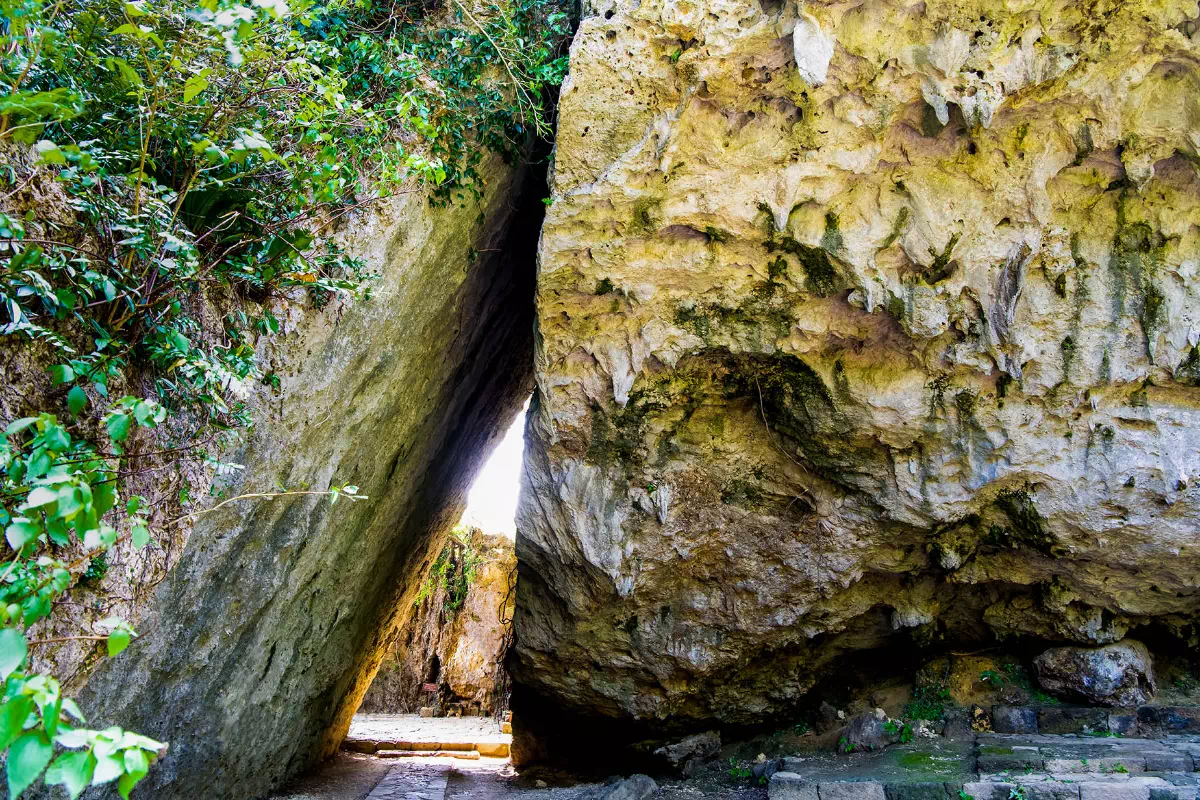
Okinawa is home to numerous utaki (sacred site) and uganju (worship spaces), which are revered as places where deities reside. Some of these sites are where local guardian deities connected to the founding families of a village are believed to dwell. Others are places where deities from afar are said to have descended, or where legendary priestesses and heroes are linked through tradition. Additionally, some utaki are associated with deities who govern essential aspects of life, such as bountiful harvests, abundant fishing, and safe sea voyages.
During major village festivals and rituals, communities gather at utaki and uganju to offer prayers and rituals. Some sacred sites are so revered that only designated female spiritual leaders are allowed to enter.
Utaki held a position of great significance in the spiritual beliefs of the Ryukyu Kingdom. One notable example of these sacred sites is Sefa Utaki, which was where the kikoeokimi, the highest-ranking priestess of the Ryukyu Kingdom, conducted her enthronement ceremony and prayed for the prosperity of the kingdom.
Niraikanai: the divine realm beyond the sea
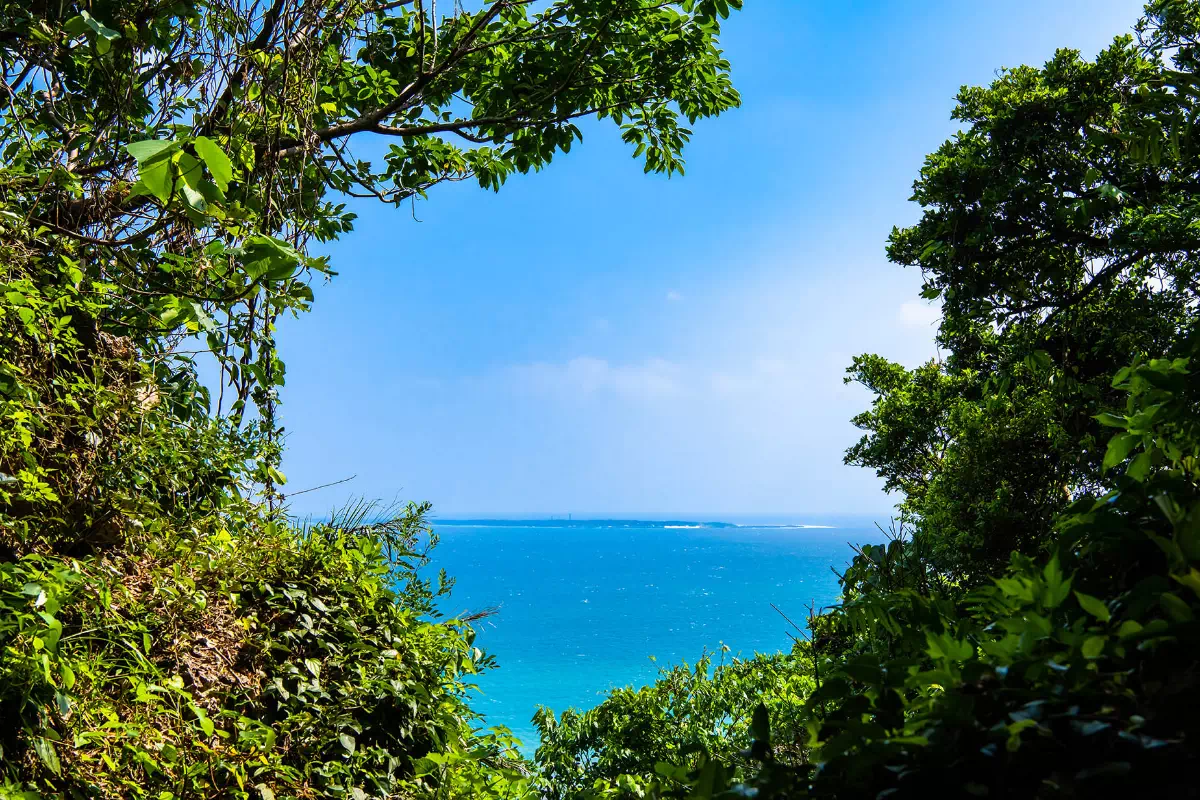
Looking east from Sefa Utaki, Kudaka Island comes into view. Legend has it that this island was created by Amamikiyo, the creator goddess of the Ryukyu Islands, making it one of the most significant sacred sites in ancient Ryukyu culture.
In Okinawa, there is a long-held belief that the eastern sea, where the sun rises, is home to a mystical paradise called Niraikanai. This divine realm is said to be inhabited by deities who bring blessings of abundance, good fortune, and agricultural prosperity to the people of Okinawa. One popular tale from Kudaka Island tells of a sacred jar that drifted ashore with the ocean currents, carrying the seeds of five essential grains. Because of this, Kudaka Island and the southeastern coast of Okinawa’s main island are considered pivotal to the origins of agriculture in the Ryukyu Kingdom.
Additionally, during the summer harvest festivals and the thanksgiving celebrations in the Yaeyama Islands, it’s believed that Mirukugami, the deity of abundance, descends from Niraikanai to bestow blessings of a plentiful harvest upon the people.
Cross-cultural influences on sacred traditions
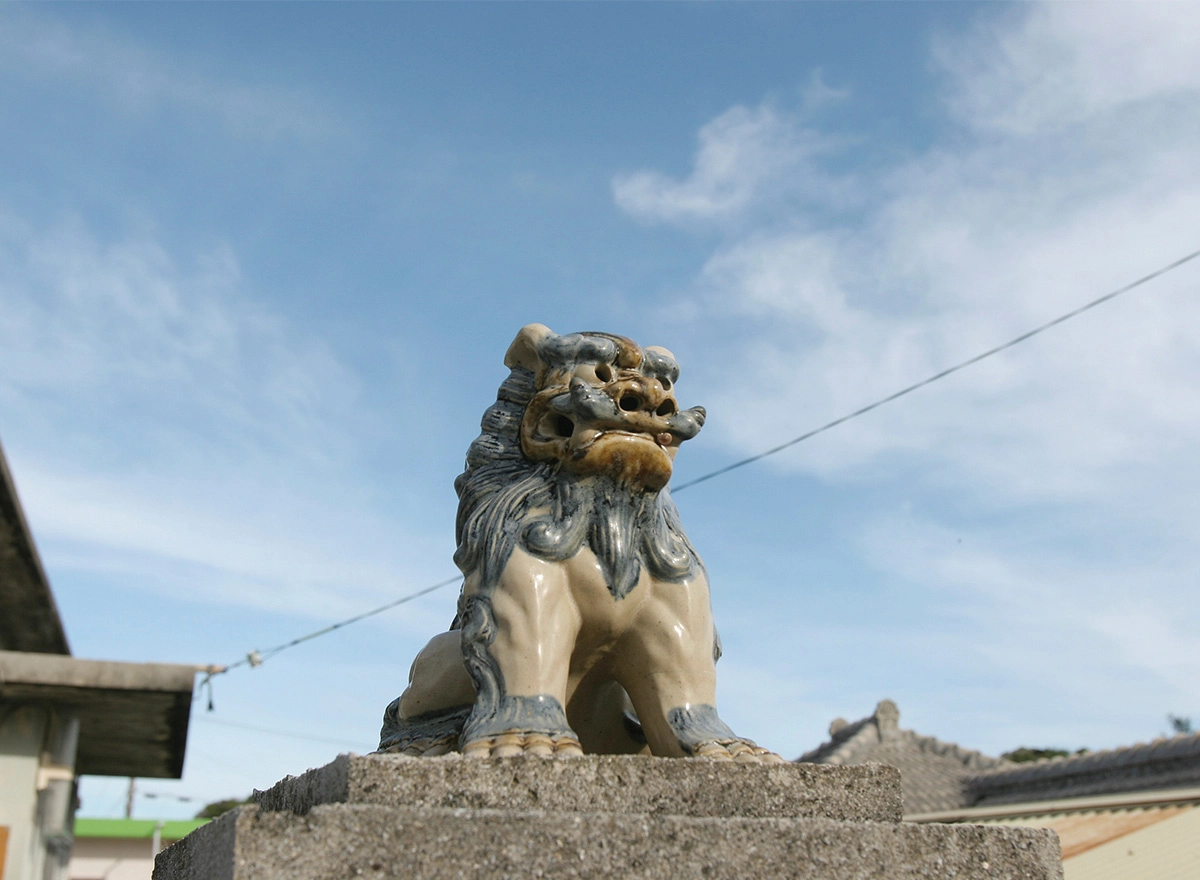
Okinawan spiritual practices have been shaped by centuries of cultural exchange, particularly with Japan and China. One example is Mirukugami, a deity linked to abundance, which has roots in Maitreya Bodhisattva from Buddhism and influences from the Chinese figure Budai, known for bringing good fortune.
The iconic shisa, lion statues guarding rooftops and entrances, are also derived from Chinese guardian lions. Believed to protect homes from evil, shisa are typically displayed in pairs.
Another spiritual tradition from China is the ishiganto—stone tablets with protective inscriptions placed at T-junctions. In Okinawan belief, T-junctions are considered places where harmful spirits tend to gather, and placing an ishiganto at these spots is thought to protect villages and households from disaster.
The hari festival, originating from China’s dragon boat races, is held annually in Okinawa as a way to pray for safe voyages and abundant fishing. These boat races also symbolize the arrival of blessings and prosperity from Niraikanai.
Over time, these foreign influences have blended seamlessly with Okinawan traditions, creating a unique spiritual landscape that still shapes the island’s culture today.

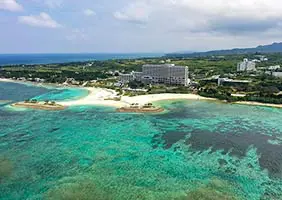
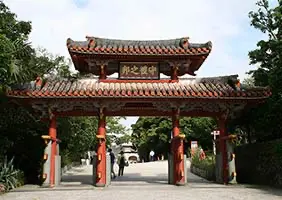
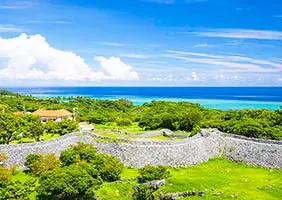
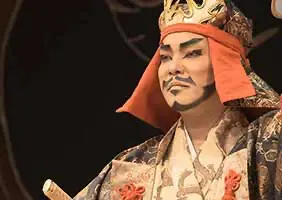
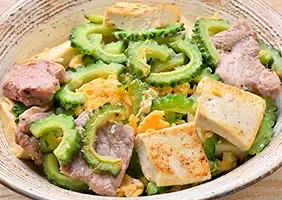



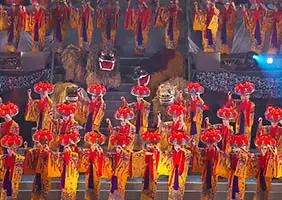
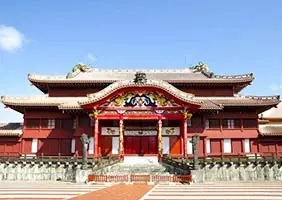
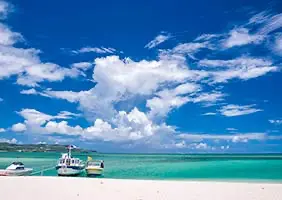
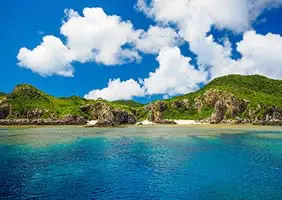
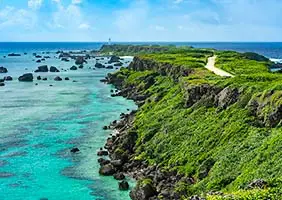


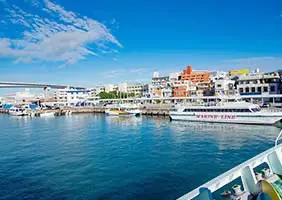
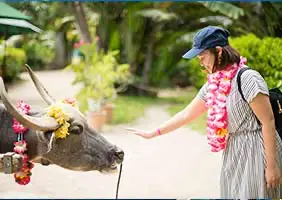




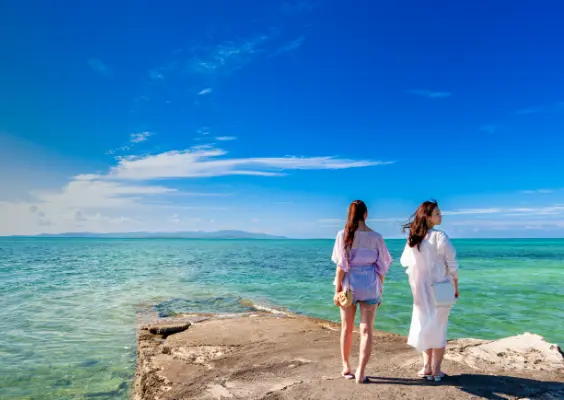
 Facebook
Facebook Twitter
Twitter Copy URL
Copy URL


